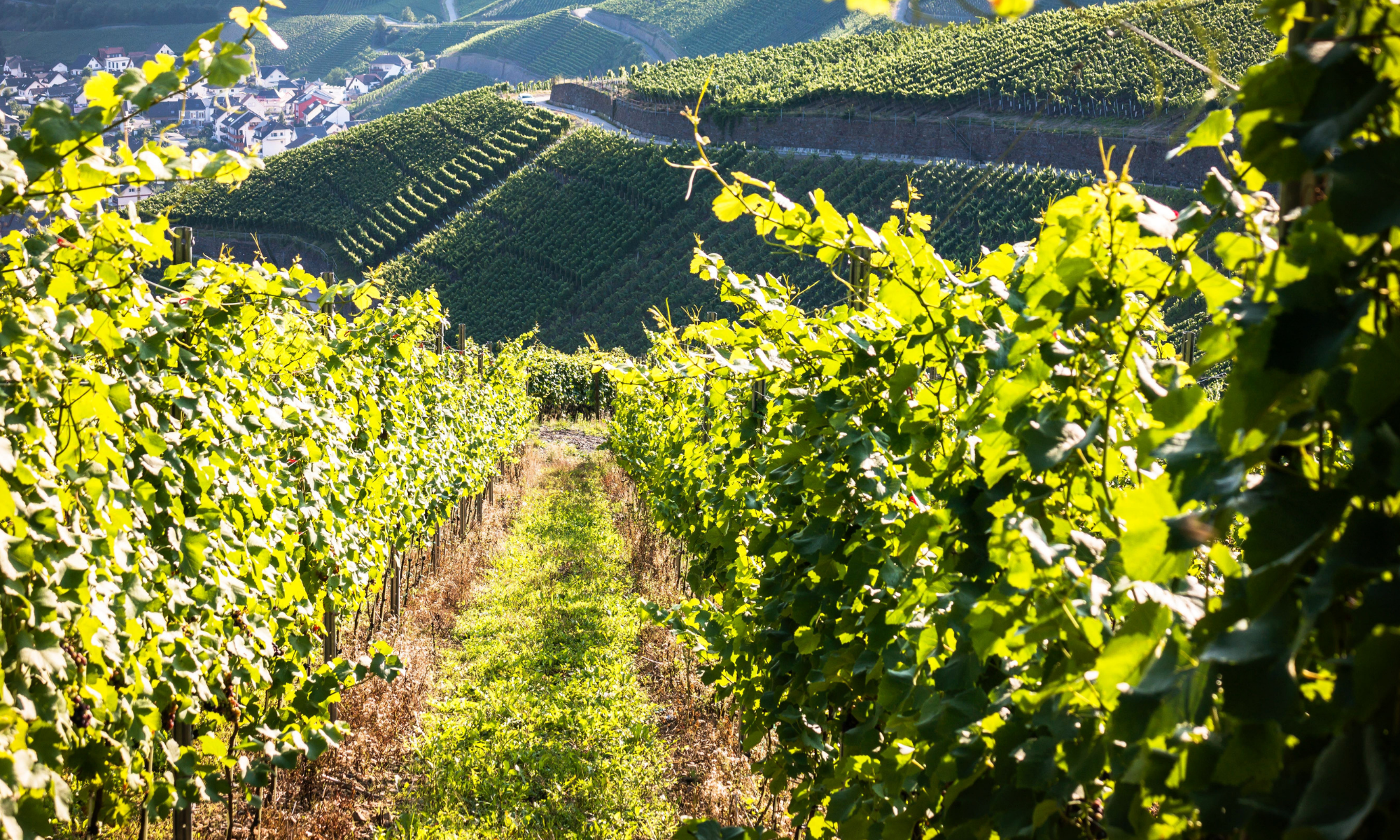I don’t usually mention a book before it is published, but this week we are featuring Sneed B. Collard III’s new book Birds of Every Color, which is due out next month.

Right up front I should mention that this isn’t a concept book about colors. Instead, it delves deeply into the whys and hows of the fascinating array of bird feather hues.
For example, one page explains how birds get certain pigments from the food they eat and another explains about melanins, brown and black pigments that birds and other animals manufacture internally. Ever hear of psittacofulvins? You’ll find out about those, too.
Look closely and you will see bird colors may be different from place to place, season to season, and even between individual birds. Did you know that the extensiveness of the black bib of house sparrows. and the black and white patches on the heads of chickadees reflect their status in the flock?
As for the illustrations, on the last page we learn that either Sneed or his son, Braden took all the photographs for the book. Cool!
Birds of Every Color will enthrall budding ornithologists and nature lovers in general. Look for it in March.
If you love birds and want to participate in citizen science, check out the accompanying information and links for the Great Backyard Bird Count next weekend.

Copyright © 2019 Roberta Gibson All Rights Reserved.


